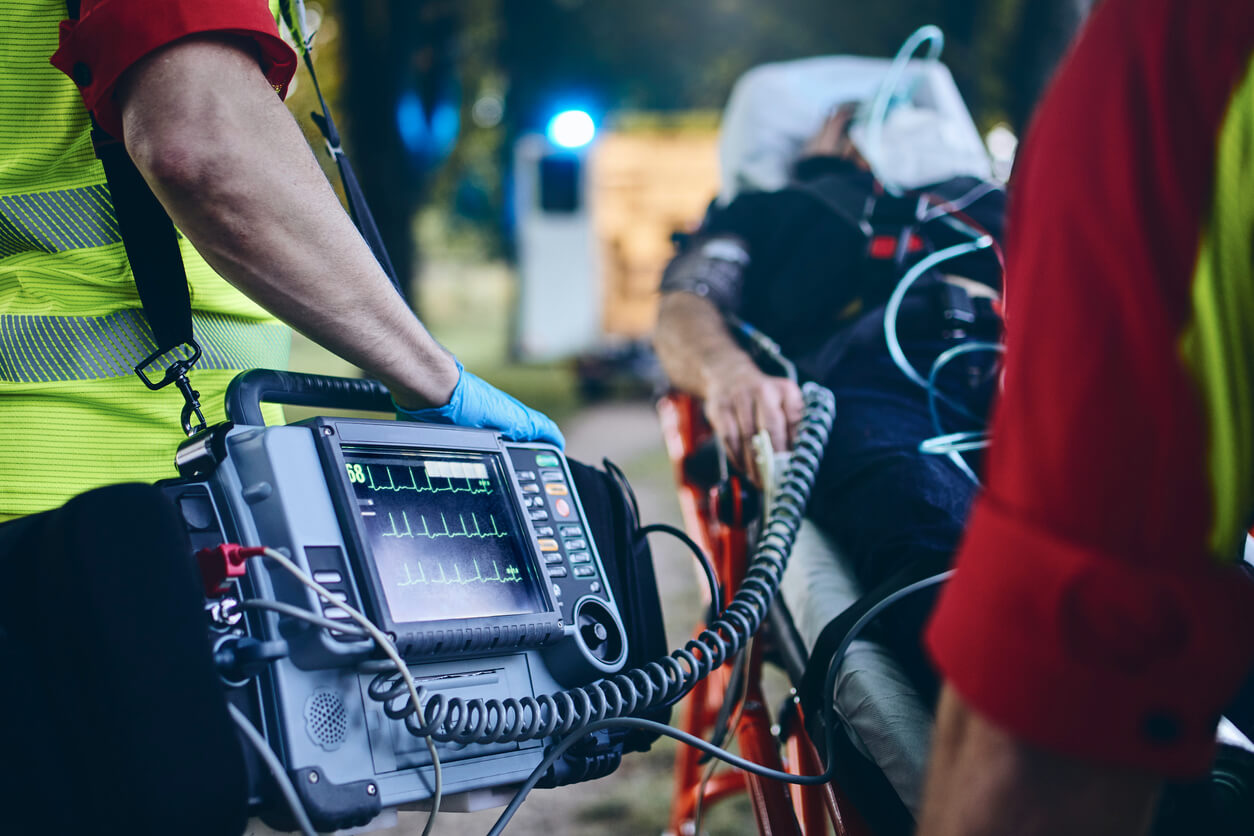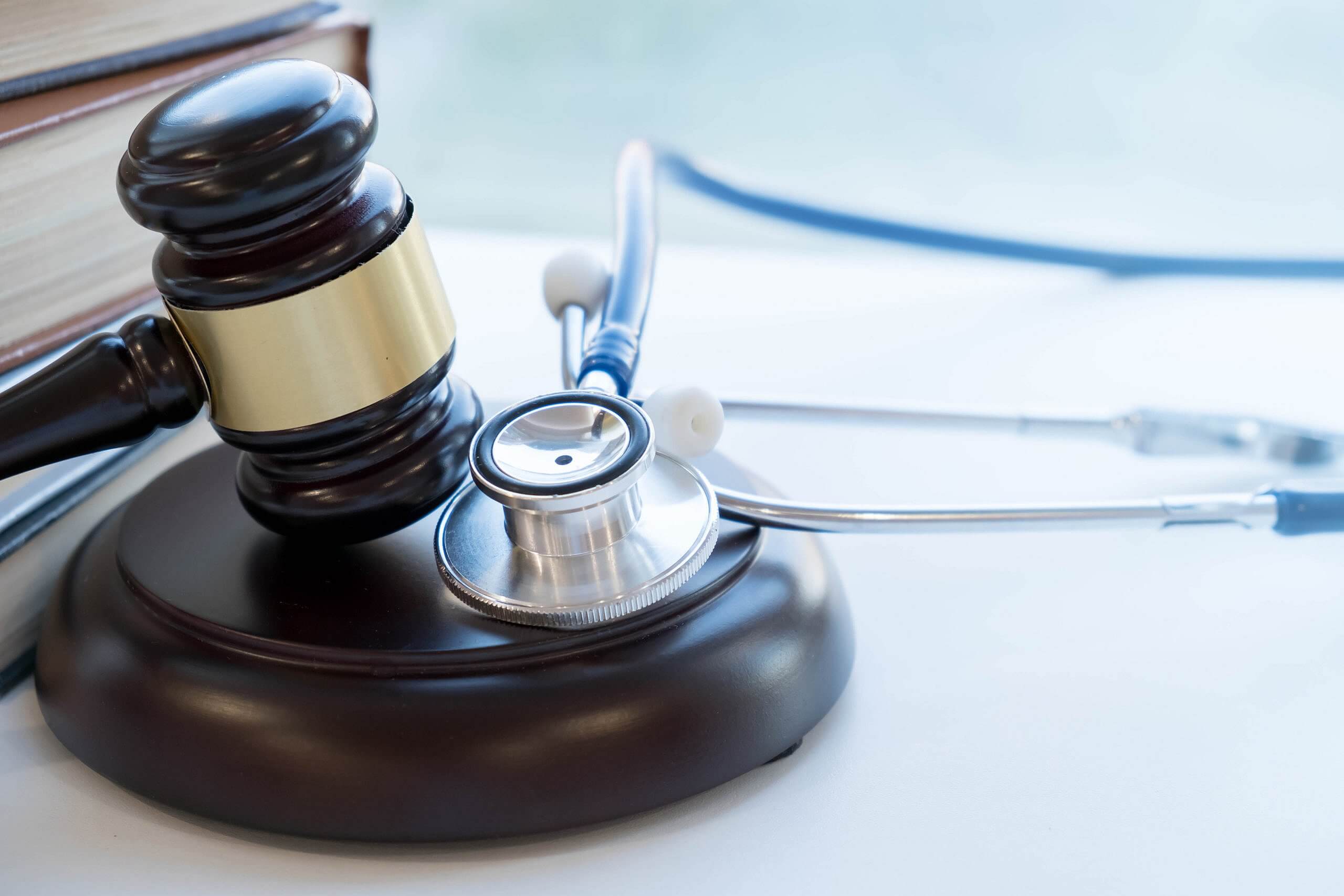We place a great deal of trust in our doctors and other health care professionals. We trust them with our health and well-being. We trust that they will uphold the duty that comes with the standards of their profession. Unfortunately, there are often medical treatment errors that occur and can have serious adverse consequences for a patient. While no one is infallible. There will be errors and they may not be the result of any negligence on the part of your health care providers. Other times, however, preventable medical errors occur because of the negligence on the part of your doctor and team of medical professionals. When these types of errors occur and you suffer as a result, you may be able to bring a medical malpractice suit to seek compensation for the harm you have sustained. There are a range of medical errors that can lead to a malpractice claim. One common type of medical malpractice claim is that which stems from misread test results.
Misread Test Results and Malpractice
Doctors rely on medical test results to guide a patient’s diagnosis and, subsequently the treatment the patient receives. Doctors and other medical professionals receive training in reading tests ranging from radiographic studies like x-rays, CT scans, and MRIs to other lab tests like blood tests and more. Sometimes, the results of these tests are misread and can lead to some serious complications for patients.
A misread test result may lead to a failure to diagnose a patient at all. It may lead to a misdiagnosis of a patient. It may also lead to a critical delay in properly diagnosing a patient. This type of error can mean that a patient is not treated or receives improper treatment for their medical condition. Mistreatment or failure to treat can, in turn, lead to a worsening of the patient’s existing medical problems or even the development of new medical problems.
As previously mentioned, not every incident of misread test results is going to merit a medical malpractice claim. Certain elements need to be present for this to happen. In order to prove a misread test results claim, you will need to first prove that there was a duty of care owed to you. This is often pretty clear as patients are owed a duty of care by the medical professionals they retain to treat and diagnose them. You will also need to prove that this duty of care was violated or “breached.” This can be the trickiest part to prove. You need to be able to show that the medical provider failed to act in a way that a similarly situated, similarly qualified medical provider would have acted under the same or similar circumstances. You will also need to prove that the breach in the duty of care caused you injury. Finally, you will need to prove that you suffered damages. Damages are the negative impacts and consequences that resulted from your malpractice injuries. Damages can range from financial to physical to mental and beyond.
Philadelphia Personal Injury Attorneys
If you have suffered because your health care provider failed to properly read your medical test results, do not hesitate to contact the trusted medical malpractice attorneys at Cooper, Schall & Levy to discuss your options for recovering just compensation. Contact us today.










